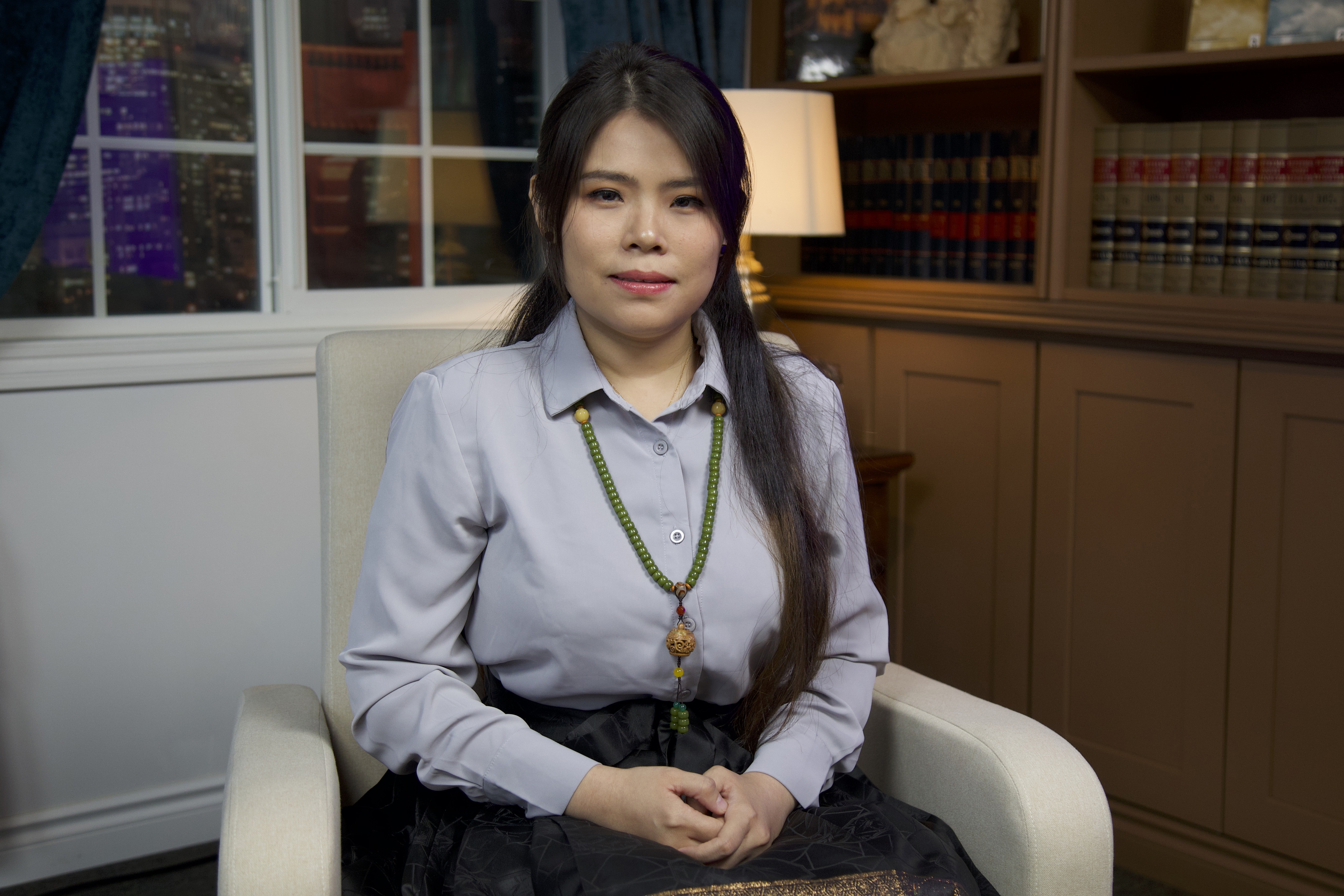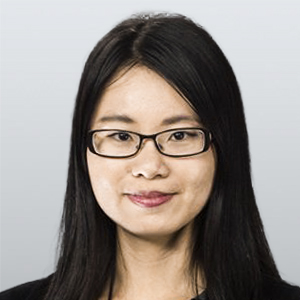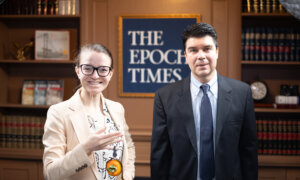Lucy Cui, an educator and artist with a focus on realism, told Bay Area Innovators host Steve Ispas her source of inspiration and how she helps the younger generation develop a passion for the arts.
“All sorts of different artists, like very traditional artists from history or modern artists nowadays, all have their own sense of beauty to guide [them]. So for me, what is beauty? It’s the divine [that] drives beauty,” Cui said.
She said that while the divine drives beauty, beauty drives principles, and principles drive technique.
“Eastern art is for the temple. ... They need to portray a divine image for the people because not everybody knows how to read, how to write at that time, so the [most] efficient way is to draw it clear out so everybody can understand, ‘Oh, that is Jesus,’ or ‘That is the Buddha,’” Cui said.
“Most of the time, at that time, when people do those kinds of arts, they are believers. They want to portray the perfect God in their image. So they develop their skills better and better and better.”
Cui said that as time went on and religions became bigger, there were bad people as well, which have caused people to associate bad actions with religion and art.
“[People] start to think the whole religion is bad, so they want to turn away, or they just get tired of seeing all those religion-related artwork. So it moved on from the religions to the royalties, because they got money, and from the royalties eventually moved down to the real life, people in different classes,” she said.
Later, aspiring artists started to get more creative and take more liberal approaches with the traditional techniques by dissecting and applying them elsewhere, Cui said.
“[Artists think] ‘I cannot become better, or I cannot leave my mark in history. I need to find something new.’ So they move on to focusing on color and light. We got impressionism. And they moved on, focusing on the concept stuff. So we call them cubism.”
Cui attended the most prestigious arts academy in China, the Central Academy of Fine Arts, and one of the top art schools in the United States, the San Francisco Academy of Art University.
She said she noticed a difference between the Chinese and American educational approaches to teaching art. In China, the teacher gave her an assignment to work on and left her to figure out its meaning and how it would be helpful in her work. Then her assignment was critiqued. In the United States, teachers explained the theories and purpose before she started on an assignment.
Now Cui teaches art at the San Francisco High School of the Arts, and she has developed a method and appreciation for learning and teaching art, blending the best of both systems.
“When I was a student, I really, really hated people saying, ‘Just do it. You’ll get it eventually,’” she said.
“No, I don’t. I need something more direct, more clear. So when I talk with the students, I really like to give all the information, like, we’re going to do this piece, but why we’re going to do this. There’s some principles behind [it]. I like to explain things clearly to them first and then let them have ... physical training, like how to draw, how to shade.”

One of Lucy Cui’s paintings. (The Epoch Times)
When she works with her students, Cui puts herself in their shoes to show that they are working on a goal together.
“I would rather treat them like we are walking the same path. I’m just a little bit ahead of them,” she said.

One of Lucy Cui’s Chinese landscape paintings. (The Epoch Times)
When Cui gives a student an assignment, she will work on it, too.
“So when we encounter the same situations, when they lose their patience ... I would understand, like, oh, you see, I’ve been working this long; I actually lost my patience too. Let’s figure out something else. Let’s relax a little bit,” she said.
Cui is working on an oil painting of a scene in which George Washington leads his soldiers to cross the Delaware River during the Revolutionary War.
“At that time I was thinking ... I do want to make something interesting. And that sounds like an interesting topic. Why not? So I have to do more research about the [Revolutionary War] and about Washington,” she said.

Lucy Cui’s current work in progress, a painting of George Washington. (The Epoch Times)
She attended an American history-based musical, which she found helpful for her understanding and inspiration, and she conducted additional research on clothing and the anatomy of horses.
Cui likes stories about mythology and enjoys watching movies. She also enjoys coming up with her own stories and characters and is considering how to turn them into merchandise.
“It’s like I invented my own universe,” she said. “I have my own original characters and make some of the illustrations.”
Her favorite artists include French painter William-Adolphe Bouguereau, Taiwanese painter Li Yuan-chia, and Leonardo da Vinci. Cui admires da Vinci’s sketches.
“I do encourage everybody to be more curious and always [be] excited about the world,” she said. “For me, [everyone] I met and everything I can get access to is like a gift to me. Be grateful [for] everyone in your life. ... because eventually they will make you become a better you.”









